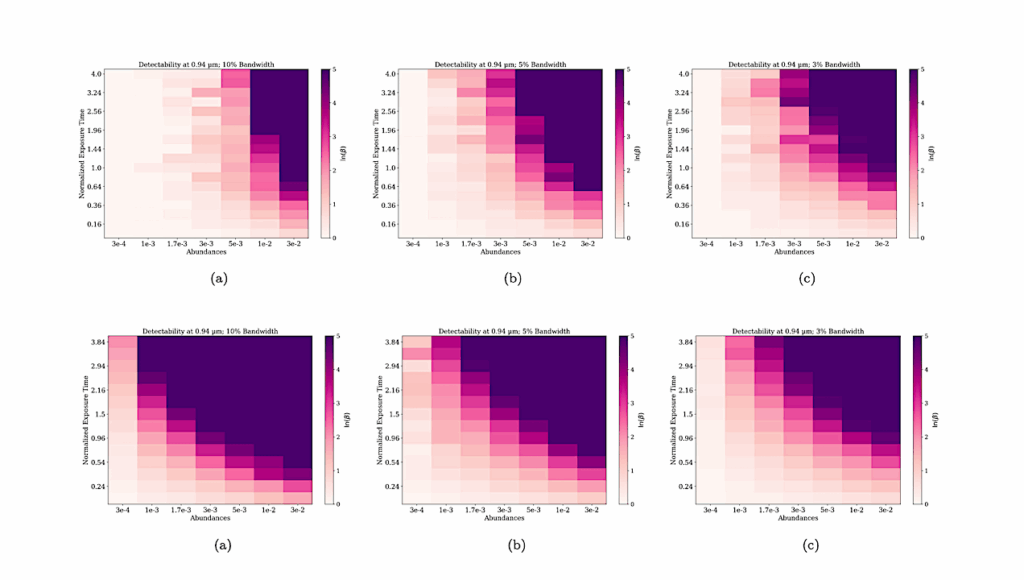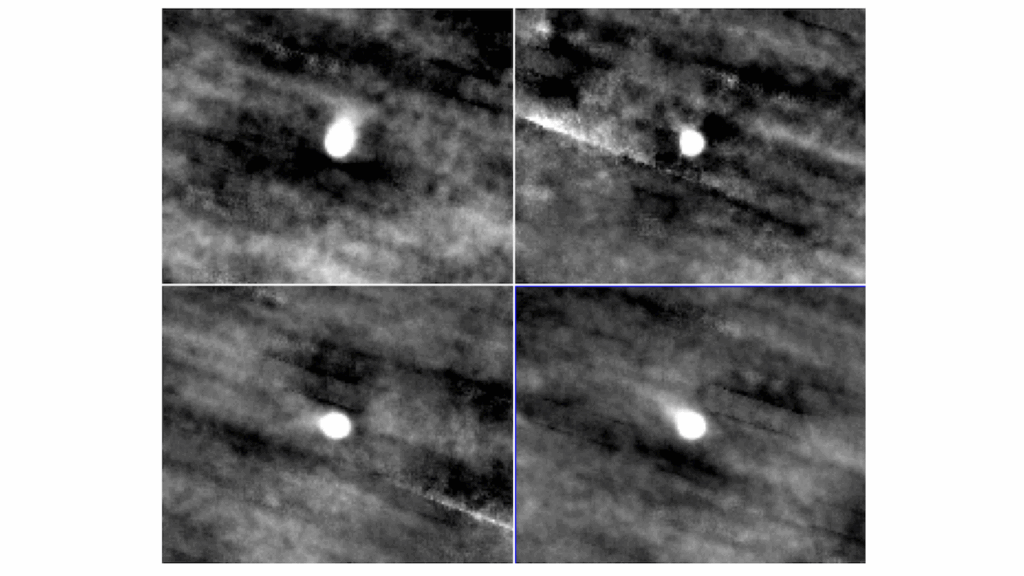Evaporative Cooling Of Icy Interstellar Grains

Context. While radiative cooling of interstellar grains is a well-known process, little detail is known about the cooling of grains with an icy mantle that contains volatile adsorbed molecules.
Aims. We explore basic details for the cooling process of an icy grain with properties relevant to dark interstellar clouds.
Methods. Grain cooling was described with a numerical code considering a grain with an icy mantle that is structured in monolayers and containing several volatile species in proportions consistent with interstellar ice. Evaporation was treated as first-order decay. Diffusion and subsequent thermal desorption of bulk-ice species was included. Temperature decrease from initial temperatures of 100, 90, 80, 70, 60, 50, 40, 30, and 20K was studied, and we also followed the composition of ice and evaporated matter. Results. We find that grain cooling occurs by partially successive and partially overlapping evaporation of different species. The most volatile molecules (N2) first evaporate at the greatest rate and are most rapidly depleted from the outer ice monolayers.
The most important coolant is CO, but evaporation of more refractory species, such as CH4 and even CO2, is possible when the former volatiles are not available. Cooling of high-temperature grains takes longer because volatile molecules are depleted faster and the grain has to switch to slow radiative cooling at a higher temperature. For grain temperatures above 40K, most of the thermal energy is carried away by evaporation. Evaporation of the nonpolar volatile species induces a complete change of the ice surface, as the refractory polar molecules (H2O) are left behind.
Conclusions. The effectiveness of thermal desorption from heated icy grains (e.g., the yield of cosmic-ray-induced desorption) is primarily controlled by the thermal energy content of the grain and the number and availability of volatile molecules.
Juris Kalvans, Juris Roberts Kalnin
(Submitted on 24 Dec 2019)
Comments: A&A, in press
Subjects: Astrophysics of Galaxies (astro-ph.GA); Computational Physics (physics.comp-ph); Space Physics (physics.space-ph)
Cite as: arXiv:1912.11378 [astro-ph.GA] (or arXiv:1912.11378v1 [astro-ph.GA] for this version)
Submission history
From: Juris Kalvans Dr.phys.
[v1] Tue, 24 Dec 2019 14:24:55 UTC (2,689 KB)
https://arxiv.org/abs/1912.11378
Astrobiology, Astrochemistry








